AI has been in the news since the launch of Chat GPT started fevered speculation about how the new technology might change the way we live or even threaten our existence. Unlike previous technological leaps, AI has implications for the creative process.
We spoke to leading digital consultant Chris Michaels about how he sees the technology impacting visitor experience for museums and immersive attractions.

Michaels has recently been working on the Sysco Creative AI Challenge in partnership with the Outernet, UCL and Goldsmiths.
The project challenged students to produce an experience for The Outernet utilising generative AI, with the results revealed on 5 September in London.
Please can you tell us about your current role?
In late 2022, I set up Chris Michaels Digital Advisory after five great years as director of digital, communications and technology at the National Gallery and nearly 20 years working across different creative fields from art to TV, publishing to games.
I left the Gallery at an amazing moment, having just been named one of Blooloop’s Power Ten influencers in the museum sector, for which I’m forever grateful.
I specialise in three things: making the case for strategic investments in R&D and Innovation, often side by side with the brilliant Tom Callahan at Human Economics; on strategy and digital communications for museums and cultural organisations, where I’m very lucky to work with Bolton & Quinn, undoubted world leaders in that space; and advising start and scale-up technology companies on growth.
One project I've been Executive Producing that’s been amazing has been with creative technology company Sysco, and immersive experience venue the Outernet Global on a Creative AI Challenge.
It’s been a chance to find out what generative AI really means for the future of creative practice. We've worked with artists using an array of generative AI tools to make immersive experiences. We’re demoing at the Outernet in September.
It’s been a wild year building a range of new projects and relationships but a massive amount of fun.
New attraction technologies
What new technologies do you think are really interesting, in terms of visitor experience at museums and art galleries?
We’ve seen one of the biggest concentrations in focus of the technology sector I can remember in the last year.
About eighteen months ago I spoke about NFTs at greenloop, blooloop’s brilliant conference on sustainability. At that point, NFTs were a controversial but potentially very interesting new medium for museums and galleries to explore. And one of many - from virtual production to the metaverse, from VR and AR to big data - the last decade has been about a diverse array of technologies competing for attention and opportunity.
But now it’s like there’s only one game in town. AI and the potentially transformative effects of large language models (LLMs) on pretty much every part of not just the creative universe but the whole of human endeavour.
It’s exciting, sometimes terrifying, and if anyone’s not paying attention, they should be.
As ever, there’s massive hype, a lot of misunderstanding, and more things AI can’t do than can. But it seems very possible that AI marks THE biggest shift in the technological landscape at least since the beginning of the internet, and possibly since the Industrial Revolution. And things are moving really really fast.
It’s exciting, sometimes terrifying, and if anyone’s not paying attention, they should be.
Immersive art experiences
We have seen a boom in immersive art experiences over the last few years. What do you think makes a good one and what are the potential pitfalls?
I’ve been lucky to work on a lot of immersive experiences, from working with 59 Productions on the Leonardo Da Vinci immersive show I led at the National Gallery, to the experimental R&D work I did with King’s College London in my lab, National Gallery X, and then to working with Sysco on the Refik Anadol and on the Frida Kahlo shows I helped stage at the Reel Store in Coventry.
There are lots of nuanced questions to ask about how best to make them. But I’d start with the idea of the format. To me, the best ones - and this can apply equally to the excellent David Hockney show at London’s Lightroom as much as Refik Anadol’s brilliant, hyper-abstract work - all work from non-linear circular narratives.
Visual and sonic experience
Immersive experience audiences can enter and leave at many points. They stand or sit in many different places in a room. To make sure they really respond to the visual and sonic experience, you have to design for that.
Unless you can force the audience through an experience in a very linear way - something someone like Local Projects does so brilliantly at London’s Mithraeum for example - you need to create an experience where it doesn’t matter where you start or finish, or where in the room you are.
59 Productions do that so cleverly with the Hockney experience. Breaking it down into 9 chapters, looking at different phases of his life and work. It is very smart narrative design. In terms of thinking about how the audience is immersed in space, I think the immersive experiences sector - as nascent as it is - has a huge amount to learn from immersive theatre.
Punchdrunk’s outstanding Burnt City, their restaging of the Trojan War, is an amazing example. It allows audiences different points of view, and enables them to have very different personal experiences depending on what they are looking at and when.
NFTs and VR in museums
We’ve also seen museums dive into NFTs and VR with variable results and some issues. How can museums keep up with visitor expectations as technology moves so quickly?
Honestly, they can’t. But maybe it’s not a question of visitor expectation as about making sure they have some means to understand opportunities.
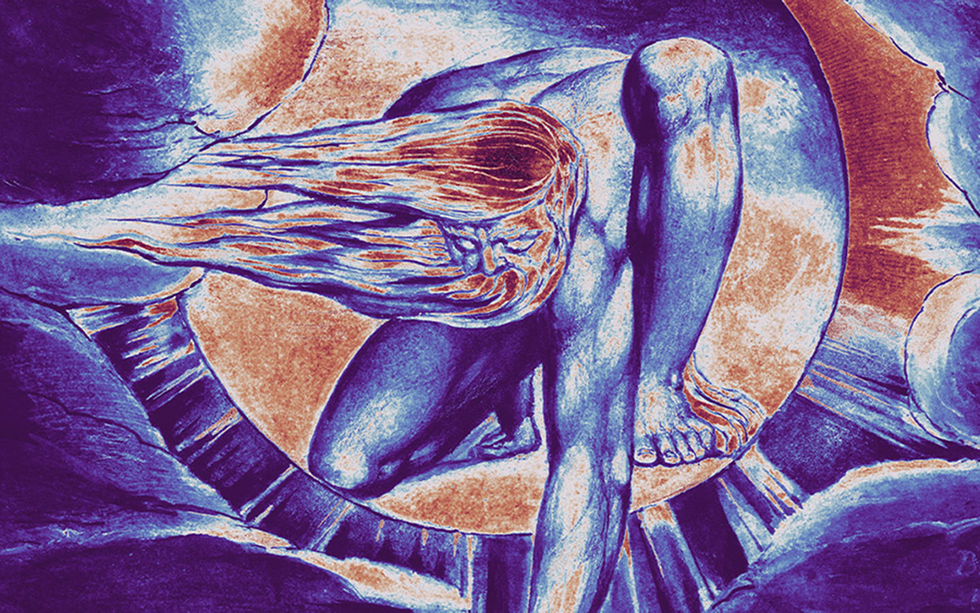
I started an innovation lab at the National Gallery, National Gallery X, to make sure we could have very early-stage exposure to emerging technologies and creativity. I was very lucky to be able to do that in a unique partnership with both King’s College London and Google Arts and Culture.
However, exposure to innovation can be as little as someone spending an hour a month researching and writing an email to share new things with people. There may not be money but there is always enough time to look at what’s changing in the world and to think how you could respond to it.
AI and robot artists
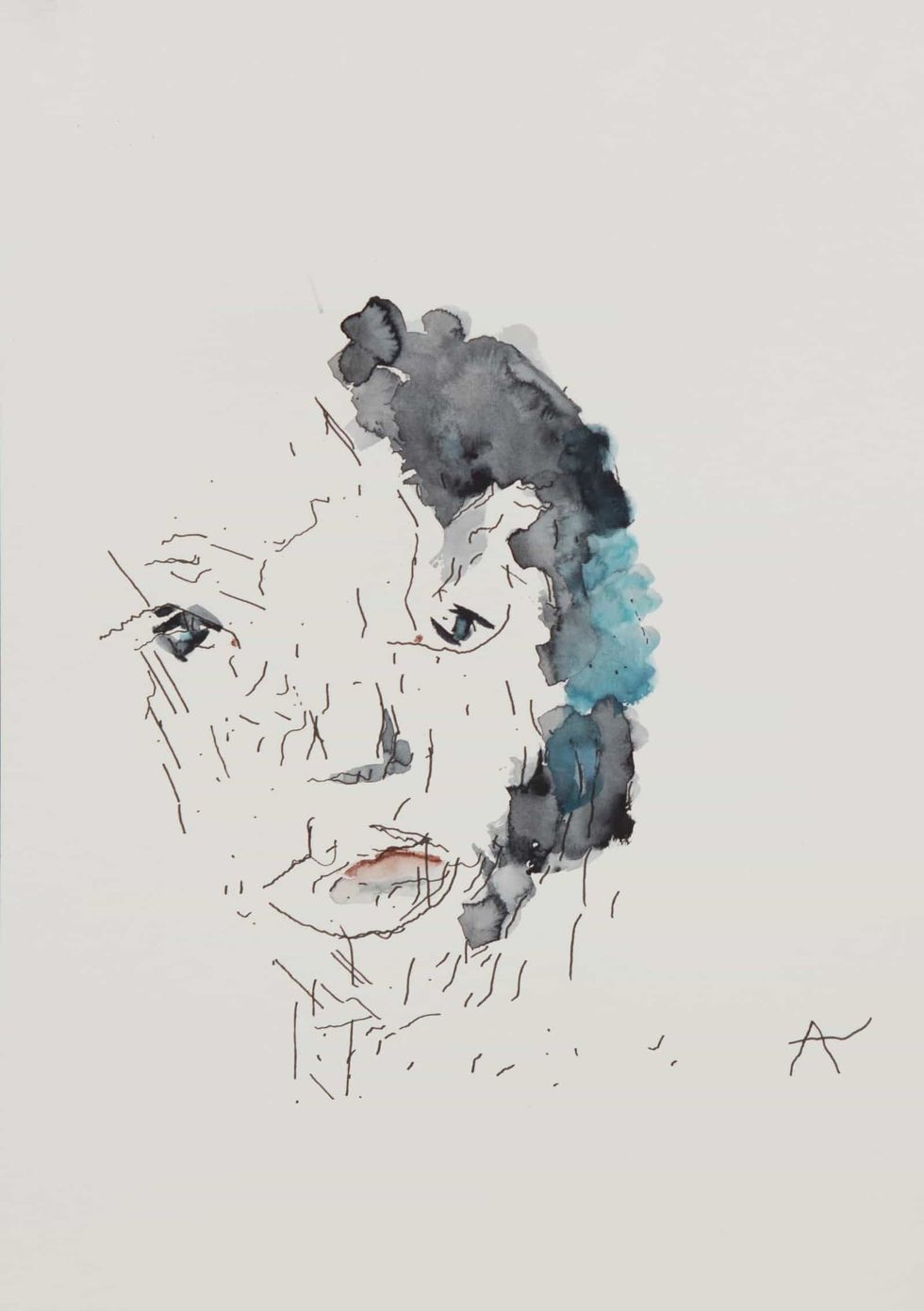
AI has been in the news since the launch of Chat GPT. There has been the first “robot artist” - Ai-Da. We’ve also seen artists raise questions about plagiarism of their work by generative AI. (When) do you think we will have robot artists creating art without human input?
Robots have been creating art for decades. There are outstanding but slightly forgotten artists like Edward Ihnatowicz from the 60s and 70s who created machines that made or were artworks in their own right. Digital artists have been working with early AI since the 80s. Nothing’s really new in terms of the practice.
But what is new is the escalating power of technology. The emergence of ChatGPT 2, 3 and 4 shows incredible leaps in technological power. That has widened the use cases of the technology from writing quite neat “choose your own adventure” type stories, which ChatGPT 2 was pretty good at, to now being integrated into Google Docs and writing documents, presentations, spreadsheets, computer code, and doing visual FX that would have taken weeks in a matter of hours.
Anyone who pretends they know exactly where this is all going is a liar. But historically whenever there’s a massive shift in technology, its impacts are always different from what we think.
At least since the early 19th century, we’ve been super worried about technology replacing human activity. The real outcome has usually been that it supplemented it in unexpected ways, and created massive new social and political effects from the wealth the exploiters of that technology have generated. Even if robots do end up painting, it’s those larger social and political impacts we should really think about.
Anyone who pretends they know exactly where this is all going is a liar. But historically whenever there’s a massive shift in technology, its impacts are always different from what we think.
Sysco Creative AI Challenge
We asked Sam Woodhouse, business development director at Sysco, to tell us more about the Creative AI Challenge.
What was the aim of the project?
Sysco has been working to stage a Creative AI Challenge in partnership with the Outernet, UCL and Goldsmiths, and exec produced by Chris Michaels.
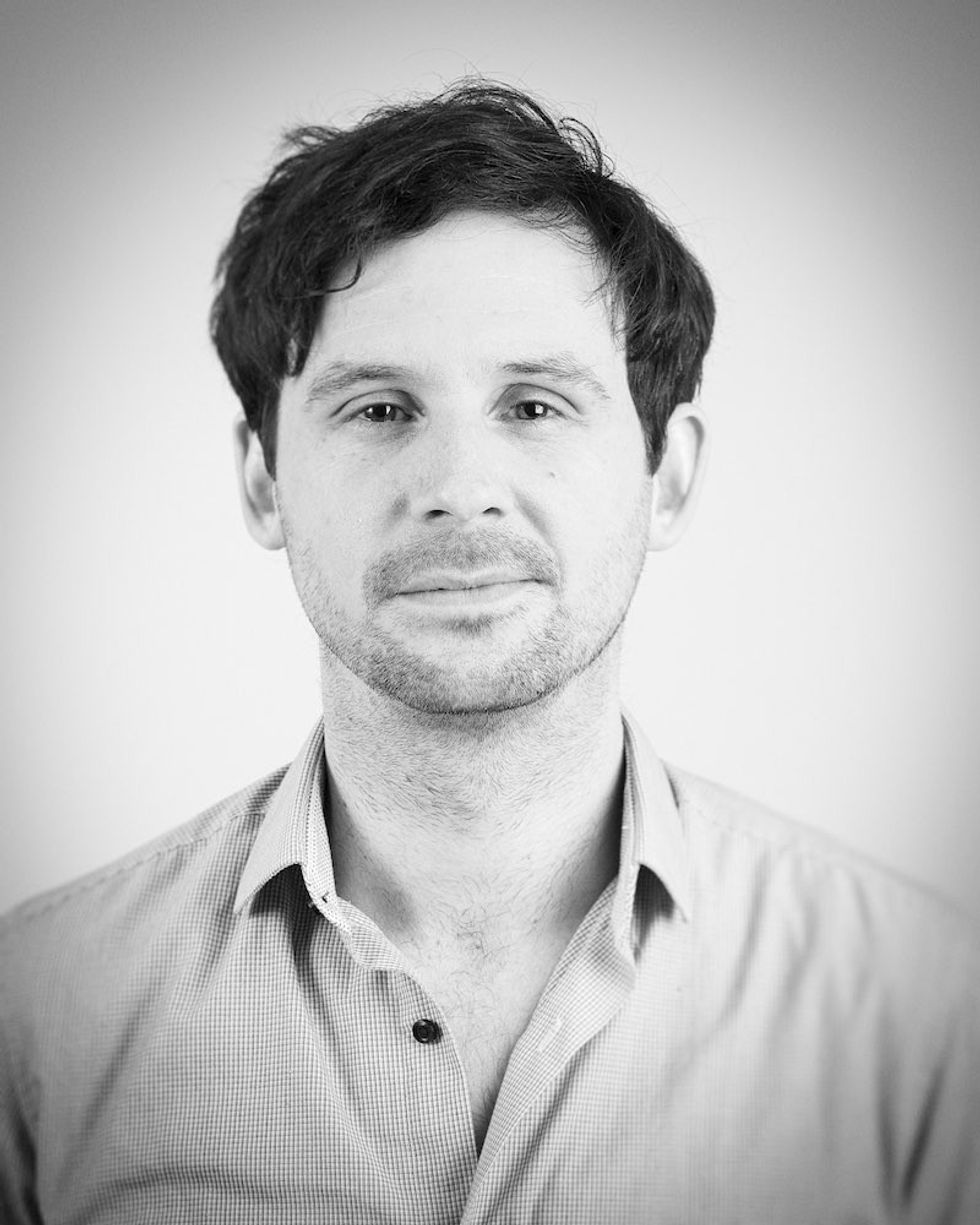
Like the rest of the world, we’ve been astounded by the recent explosion in the use of generative AI. As designers and technologists, working in the world of immersive experiences, we knew that this was going to change things and we see it as their responsibility to understand and harness the power of these new technologies to support the creation of the world’s greatest experiences.
To put this capability under a spotlight, we created a public R&D project with artists from two phenomenal universities, UCL and Goldsmiths, to look at how Generative AI can be used to enhance the creative process.
We’re showcasing this on 5 September at The Outernet on London’s Tottenham Court Road, one of the world’s most innovative new venues.
At this showcase, Chris will be hosting a panel where we will discuss the project. We will also consider the issues and opportunities that generative AI is rightly causing debate in the industry.
Generative AI
What was the process?
Working with our partners at Goldsmiths and UCL, we assembled a group of digital artists who are either on or alumni of their masters courses in digital media and computational arts. We set them a challenge. To take 1 week to develop an experience for The Outernet integrating generative AI within their creative processes and workflows.
We then built a virtual twin of the Outernet, using Sysco’s AV Simulator. This simulation process is unique in our industry. It sees us use game engine technology to express an experience’s technological design in a three-dimensional, real-time way, whilst demonstrating how the technology interacts with the natural world and built environment.
Elements such as sunlight, artificial light, acoustic environment, crowds etc. have an effect on the way a visitor will perceive an audio-visual experience. Our simulator employs a universal visual language to communicate these effects.
The artists then crafted their immersive experiences using generative AI in different and interesting ways. These digital experiences were then previewed within our virtual twin simulation of The Outernet. This lets us understand exactly how it would feel to be there, in that space, seeing and hearing these experiences.
Rapid prototyping of content with generative AI
What was the result?
Part of the experiment was about speed. How quickly can digital immersive content using generative AI be prototyped, experienced within the virtual twin of the space it will eventually be displayed in, and iterated upon? What does that imply for the cost of immersive experience production in future?
There is no question that for rapid prototyping of content, using AI and Virtual Twins offers radical game changing possibilities.
This is probably our major learning. Whilst AI has a long way to go before it replaces more traditional digital content tools, there is no question that for rapid prototyping of content, using AI and Virtual Twins offers radical game-changing possibilities.
What does it mean?
For Sysco, this technological leap forward means a growing and evolving toolkit to support creative storytellers. We’ve all absolutely loved being a part of creative teams that push the boundaries of what is possible in immersive storytelling. Using the power of technology enables more creativity, speed and innovation.


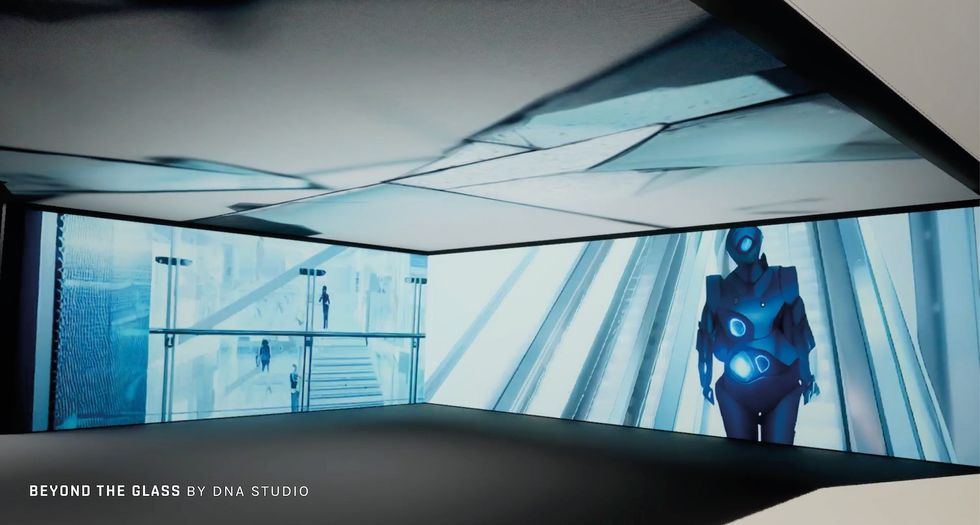

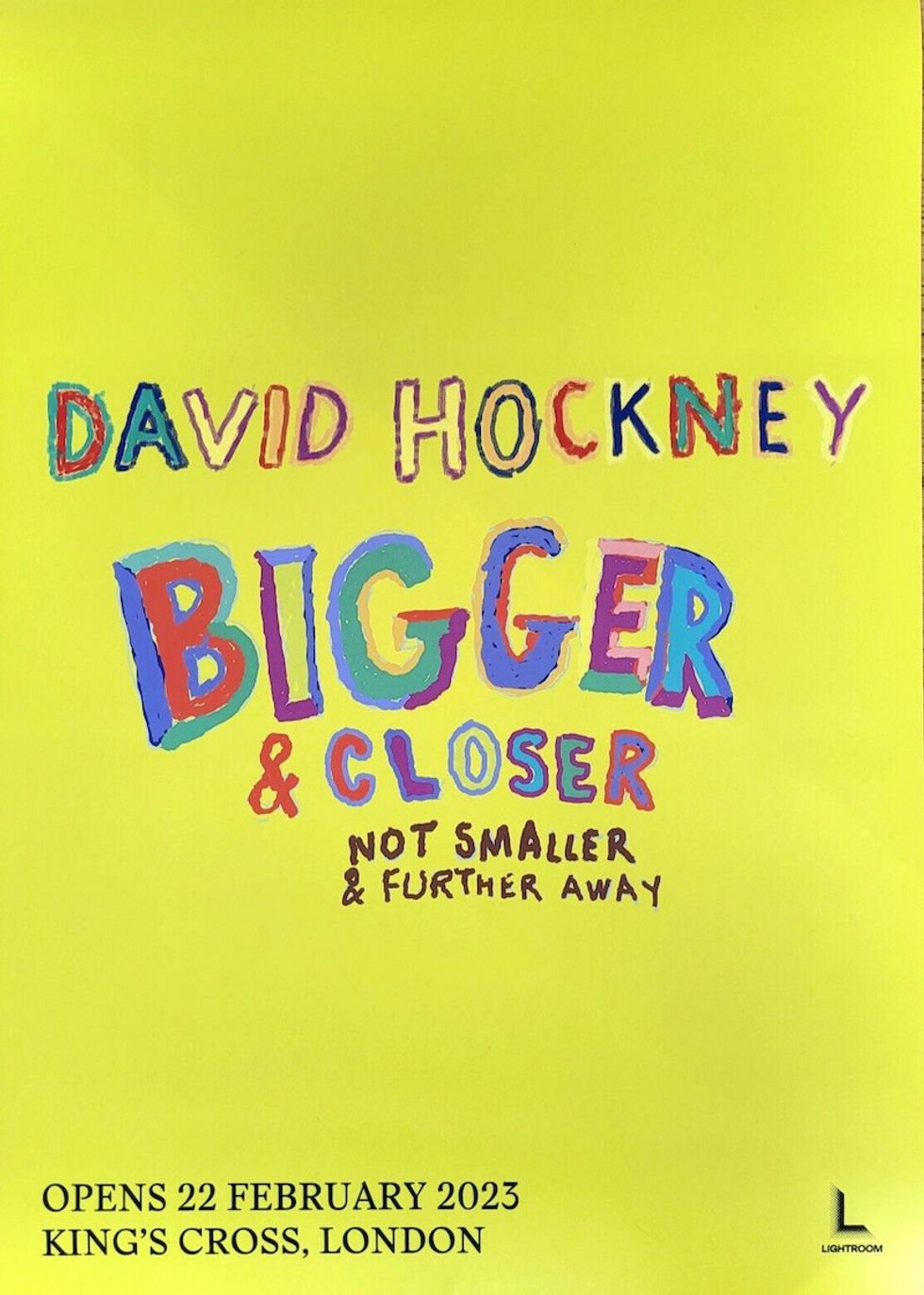
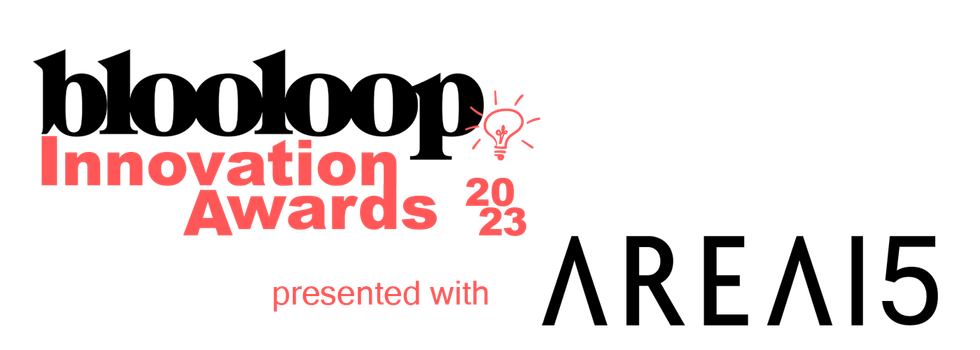
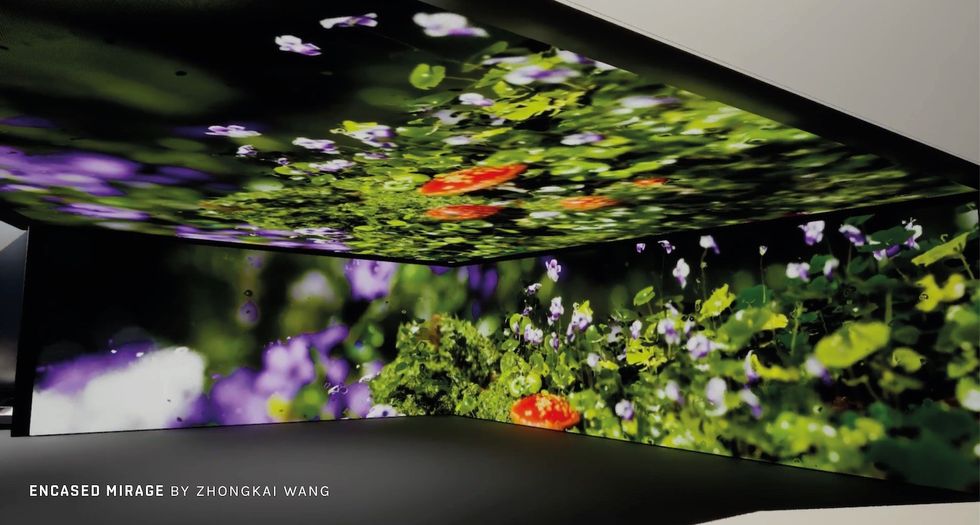
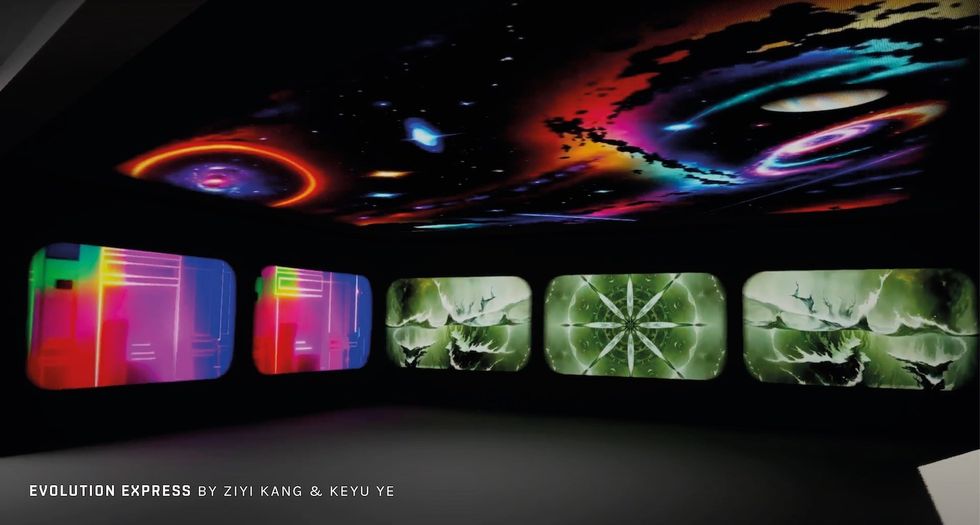
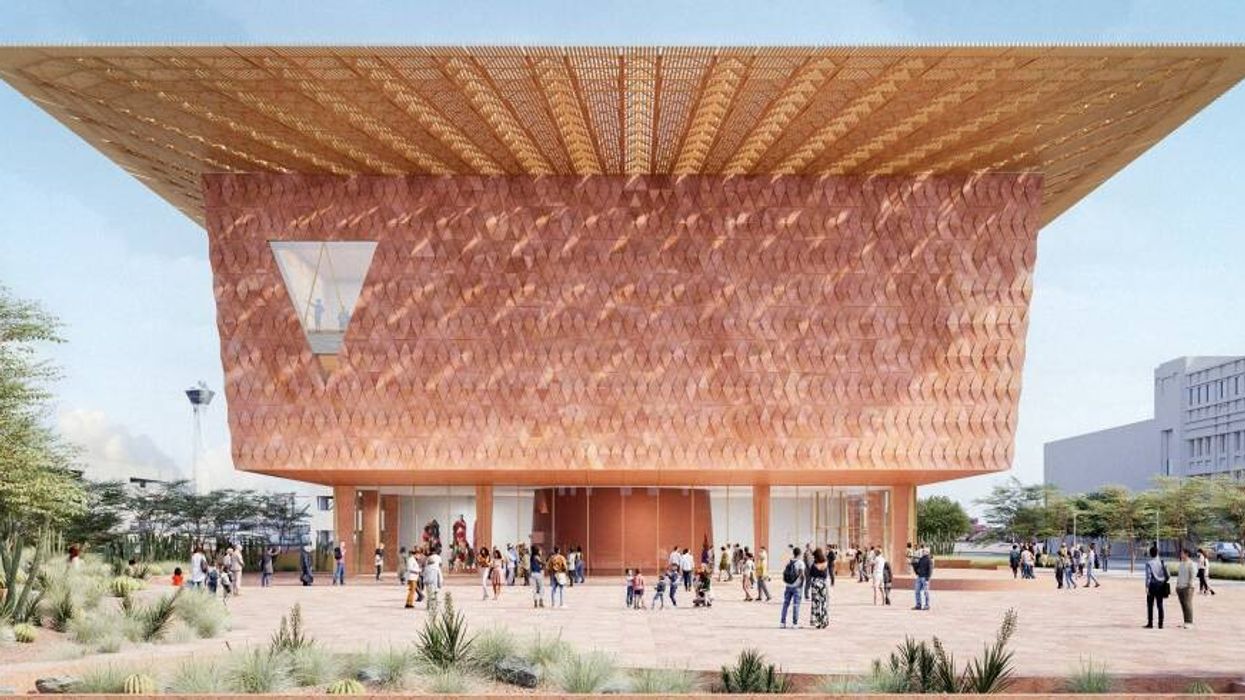
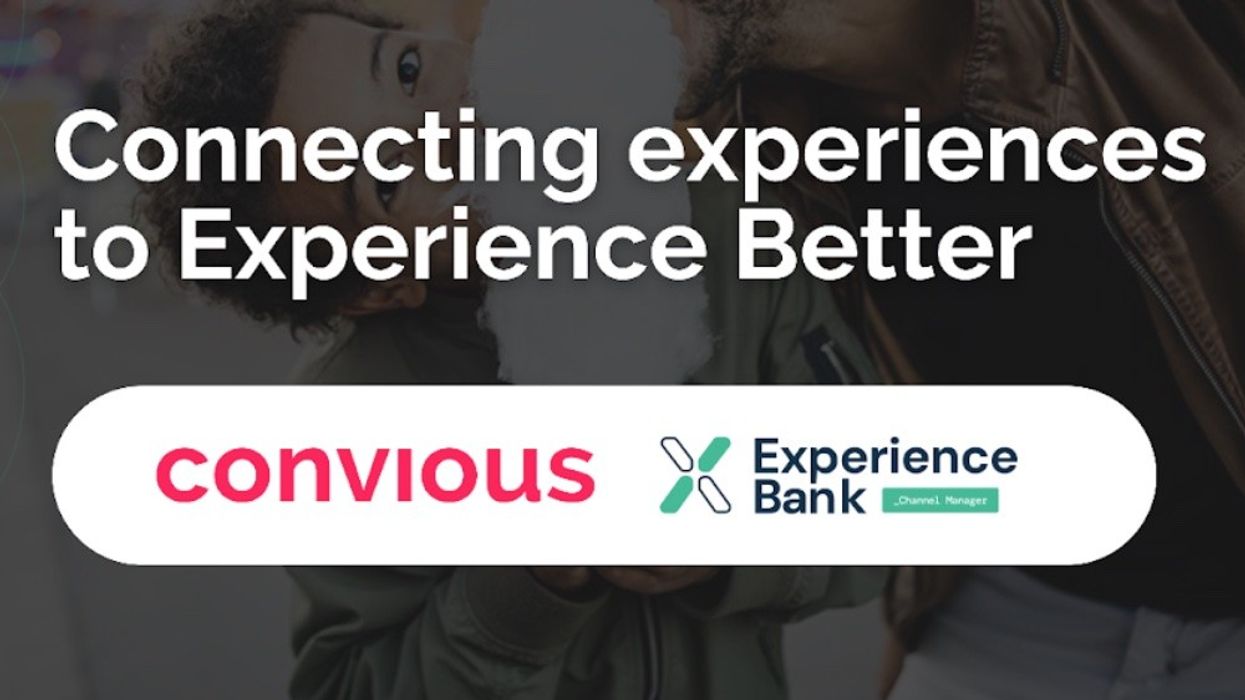

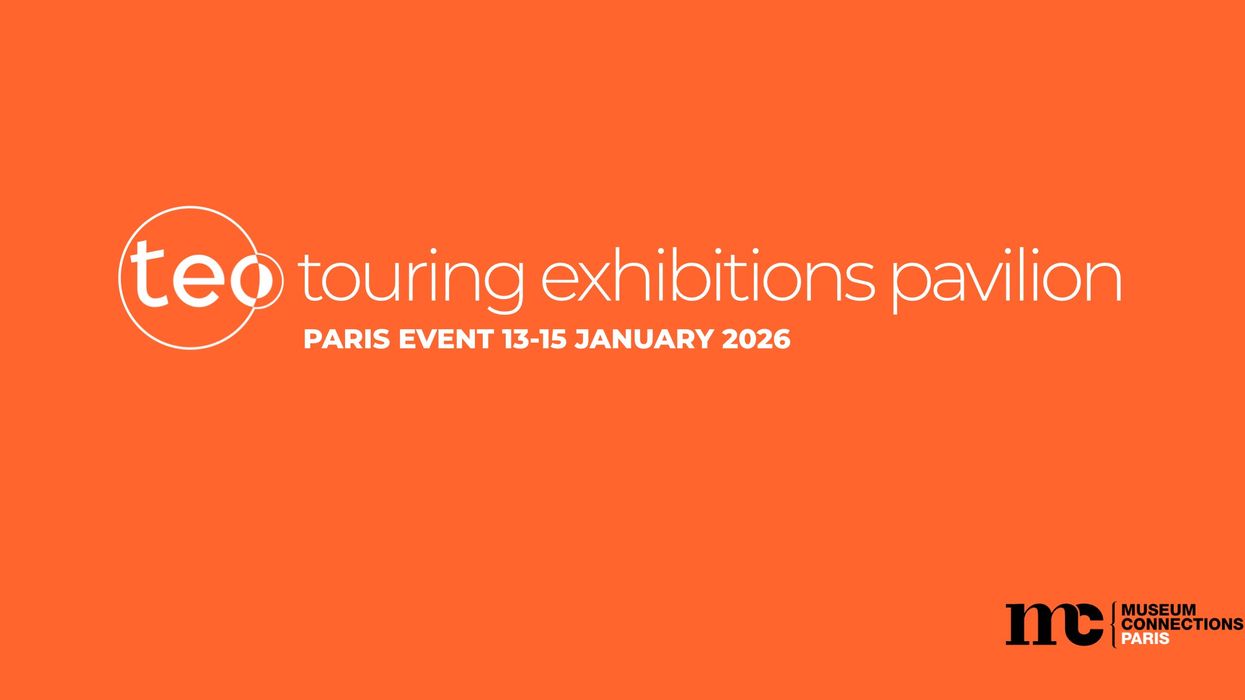

 TM Lim and Adam Wales
TM Lim and Adam Wales







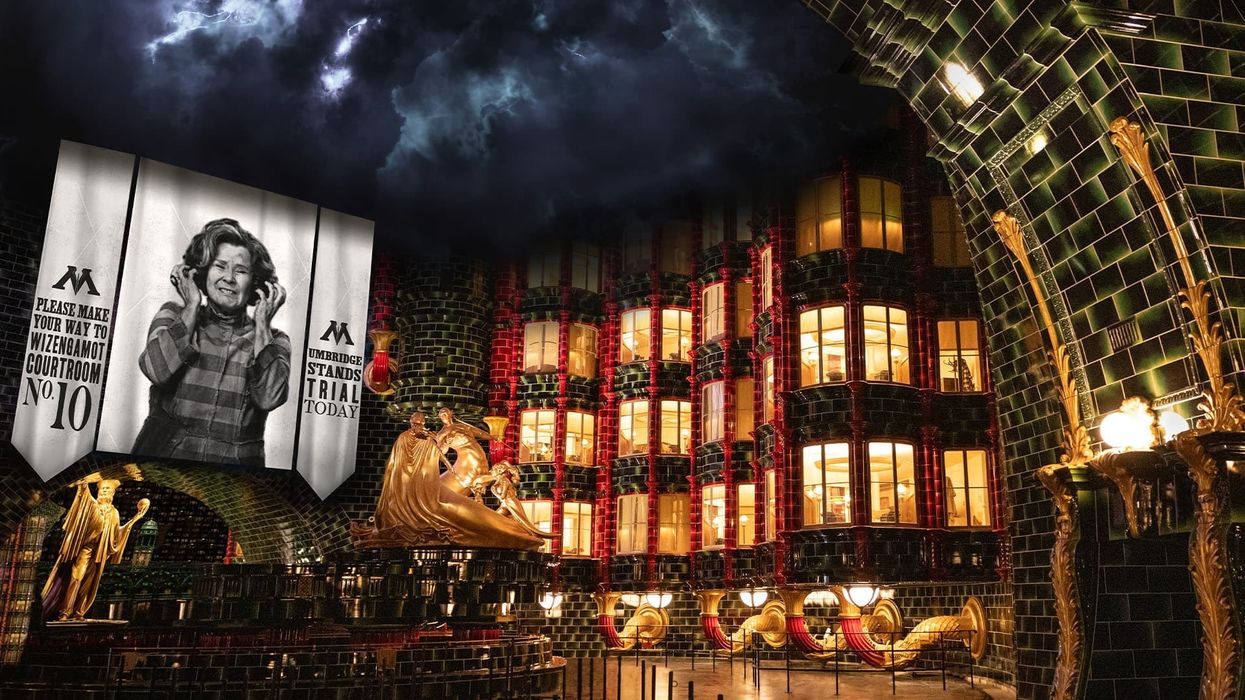

 Toby Harris
Toby Harris Hijingo
Hijingo Flight Club, Washington D.C.
Flight Club, Washington D.C.
 Flight Club Philadelphia
Flight Club Philadelphia Flight Club Philadelphia
Flight Club Philadelphia Bounce
Bounce Hijingo
Hijingo Bounce
Bounce
 Fernando Eiroa
Fernando Eiroa











 Nickelodeon Land at Parque de Atracciones de Madrid
Nickelodeon Land at Parque de Atracciones de Madrid Raging Waters
Raging Waters  Mirabilandia's iSpeed coaster
Mirabilandia's iSpeed coaster Parque de Atracciones de Madrid
Parque de Atracciones de Madrid Ferracci at the ribbon-cutting ceremony for Nickelodeon Land at Mirabilandia, with (left) Marie Marks, senior VP of global experiences for Paramount and (cutting the ribbon) Sabrina Mangina, GM at Mirabilandia
Ferracci at the ribbon-cutting ceremony for Nickelodeon Land at Mirabilandia, with (left) Marie Marks, senior VP of global experiences for Paramount and (cutting the ribbon) Sabrina Mangina, GM at Mirabilandia Tropical Islands OHANA hotel
Tropical Islands OHANA hotel Elephants at Blackpool Zoo
Elephants at Blackpool Zoo  Tusenfryd
Tusenfryd
 Andrew Thomas, Jason Aldous and Rik Athorne
Andrew Thomas, Jason Aldous and Rik Athorne







